Advertising Copy Structure
In the fast-paced advertising world, writing a compelling message is an art, and the effectiveness of advertising communication depends on the message content and the structure of the advertising copy.
In This Article
The critical aspects of advertising copy structure are:
- Drawing conclusions
- Repetition
- One–versus–two-sided arguments
- The order of presentation
- Long Copy vs Short Copy
1. Drawing conclusions
The tricky balance of drawing conclusions is at the heart of advertising copy. It’s a strategic decision that can significantly affect how the audience perceives the brand message. There are two ways to handle this:
- Conclusions should be drawn for the audience in the ad for quick understanding.
- The conclusion should be left to the audience.
In the case of a drawn conclusion, the consumer may think that the message is overly aggressive and an attempt to influence their choice forcefully.
When the issue is highly personal, the audience may resent the communicator’s interference in drawing a conclusion.
Consider the example of Gujarat. The state takes the “you are what you eat” principle literally. Because of this dominant social and cultural ethos, meat-eating in Gujarat is a deeply stigmatized activity, even though a large number of the state’s people are meat-eaters. In parts of Gujarat, eggs are not sold openly.
They are placed inside black bags, like sanitary napkins sold in chemist’s shops. One must travel quite a distance to buy eggs or meat, as they are not available everywhere. In this scenario, if someone tries to sell vegetarian alternatives to eggs, it might not go well with the larger masses.


Conclusion drawing is preferred where the product is a complex or specialized one. In the ad for Farex, a long body copy explains that Farex is an ideal baby solid food.
The Farex baby food advertising copy starts with a headline: “Your baby is born with a 3-month gift of iron. After 3 months, milk alone cannot give him the iron he needs.”
The ad closes with the conclusion, “Doctors recommend Farex. Baby’s ideal solid food for rapid all-around growth.”
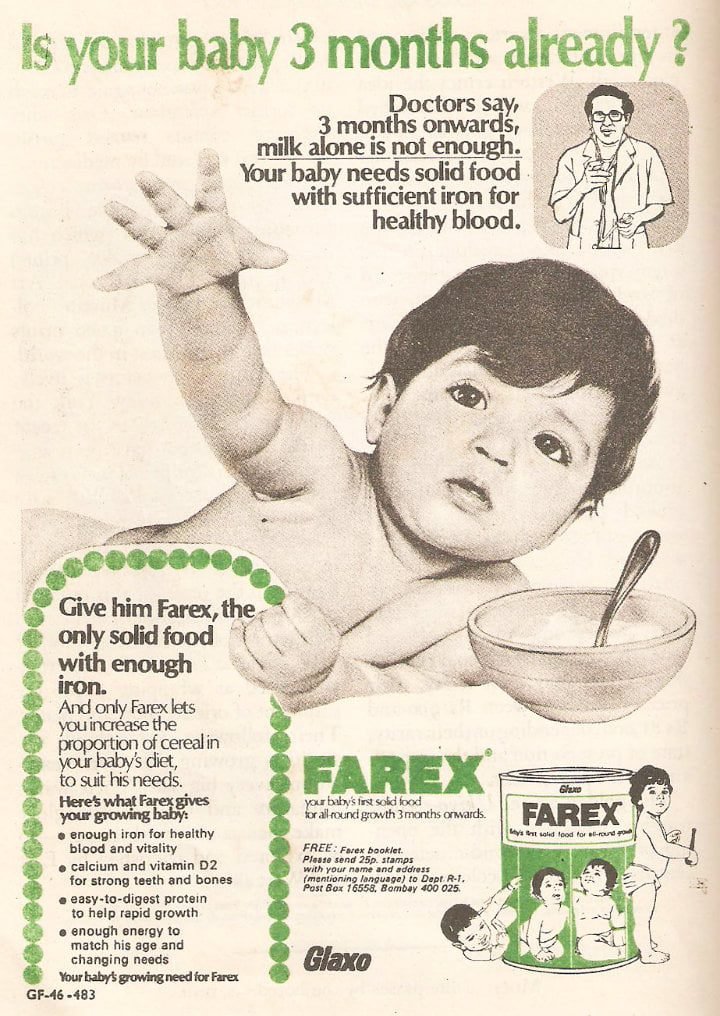

2. Repetition
The structure of an advertising copy should strategically incorporate repetition to create a continuous and lasting impression on the target audience. Each repetition serves as a building block, reinforcing awareness and knowledge.
Repeating a catchy phrase in advertising copy creates a continuity of impression in the target audience’s minds. Audience retention improves with repetition.
Watch this close-up toothpaste commercial. The advertising copy repeatedly uses the phrase “Kya Aap Closeup Karte Hain” to improve the message’s retention.

3. One-versus-two-sided arguments
In advertising copywriting, the choice between a one-sided argument and a two-sided argument is critical.
The old, one-sided method involves singing the product’s praises and praising its benefits without addressing any other points of view. Although this method is popular, it might not always work the best.
The two-sided argument is a strategy that presents an alternative point of view. Research shows that this method often causes the most significant shift in mood in the audience. People are more engaged and think more critically when they are given a different point of view.
The most common approach in sales and advertising is a one-sided approach, as shown in the advertisement below that only praises the product.
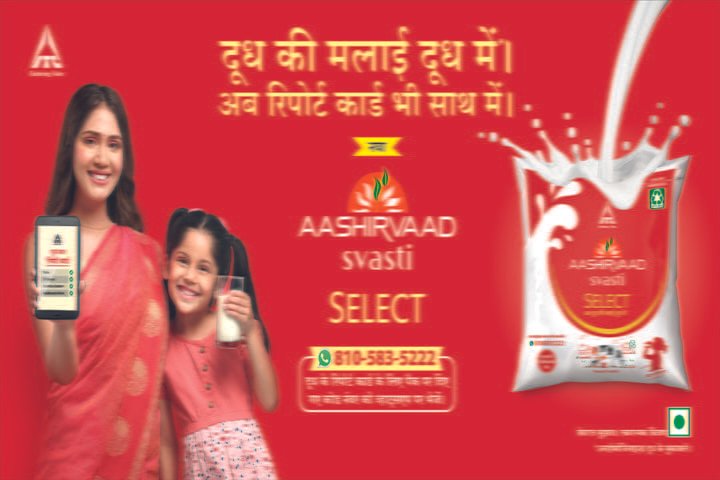

Comparative Advertising
Comparative advertising is an expression of the two-sided approach, where a product is directly or indirectly compared with a competitor. This technique can be powerful in capturing consumer attention and fostering brand loyalty.
The most prominent are the Horlicks vs. Complan, Pepsi vs. Coca-Cola, Apple vs. Google, Captain Cook Salt, and Pepsodent vs. Colgate campaigns. In each case, a product is directly or indirectly compared with a competitive product.
See an old advertisement of Pepsi vs. Coca-Cola:

Another example of a Dove advertisement boasting its caring impact on skin


4. Order of Presentation
In advertising, the order in which an argument is presented can make or break the campaign.
There are two types of communication: one-sided and two-sided. The order in which the argument is presented can affect how the audience understands and responds to the message.
Using a one-sided communication method, brands can quickly and effectively grab the audience’s attention and make a strong case for their product or service.
In a two-sided communication method, it may work better to start with the opposing view and work your way up to your strongest point.
This classic Volkswagen advertisement is the finest example of a persuasive, two-sided argument in advertising copy.
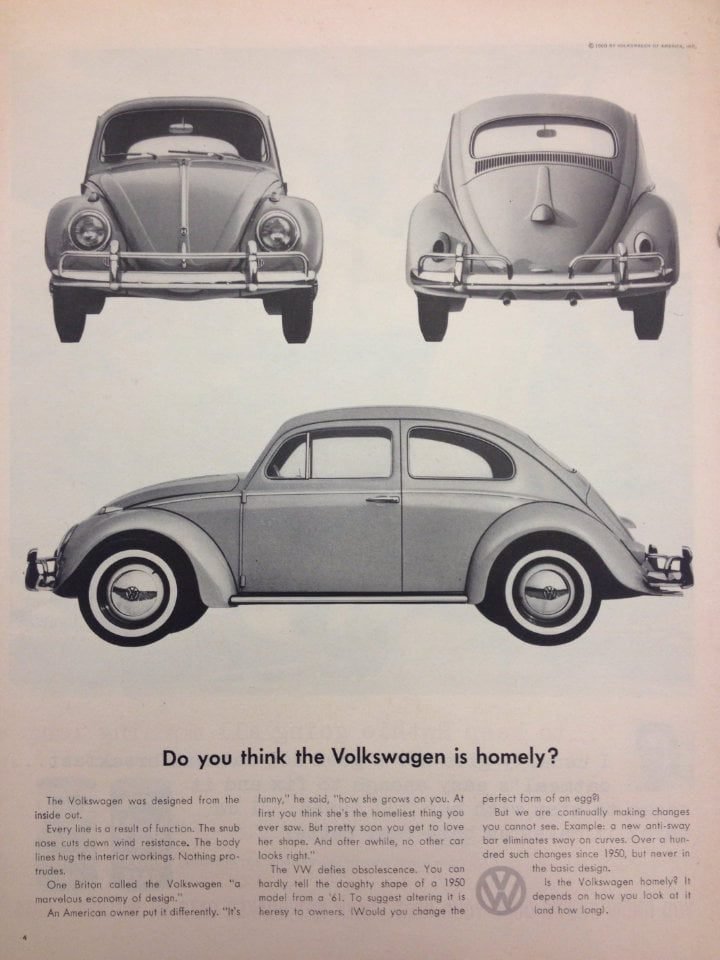

This way, a brand can build a narrative arc that takes its audience from doubt to belief by putting things in this order. It acknowledges their potential concerns before presenting a compelling solution.
5. Long Copy vs Short Copy
In a long copy, more details can be presented to the reader.
However, readers may not often like, or have the time to read, the lengthy body copy of an ad unless the headline is so attractive and persuasive that they automatically begin to read it.
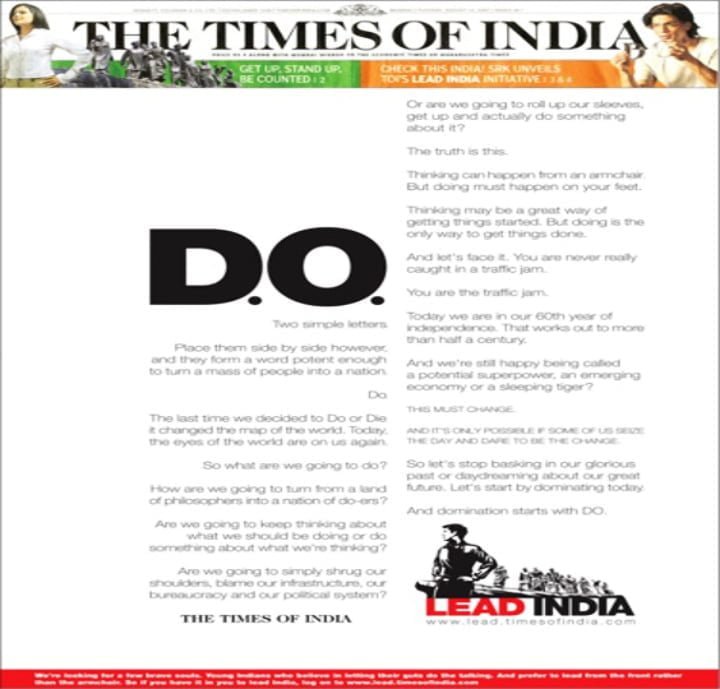

Ideally, the length of the body copy should be just enough to say all that has been promised in the headline.


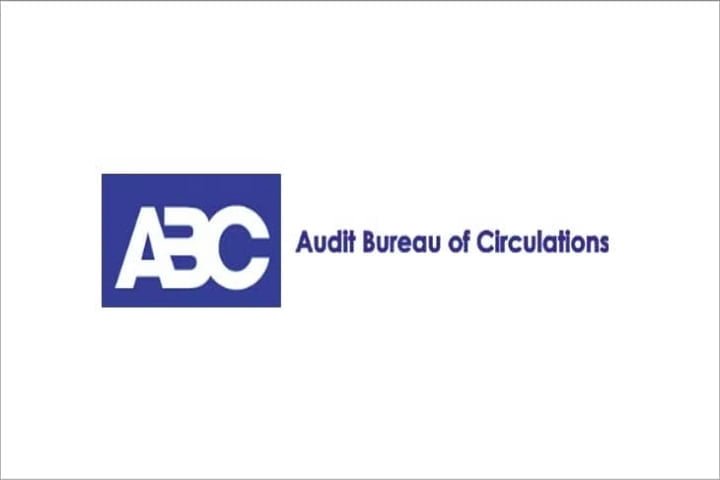

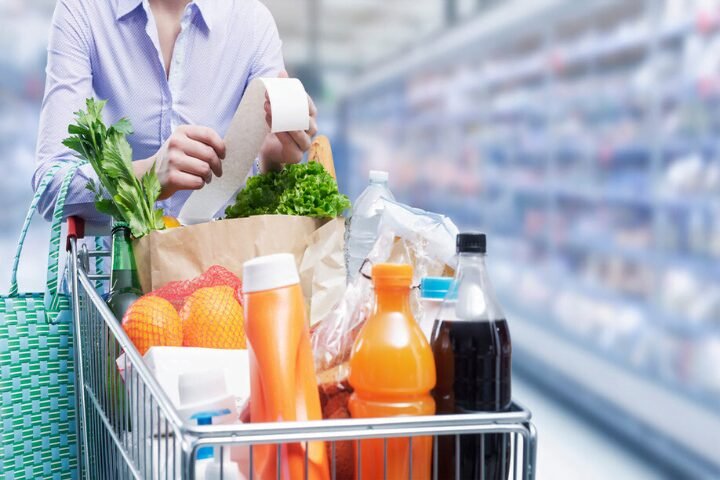
I just wanted to express my heartfelt gratitude for your insightful and engaging blog post. Reading through your post was not only informative but also an educative experience. It’s always nice to show appreciation for the content creators who enrich our digital lives. Thank you so much!